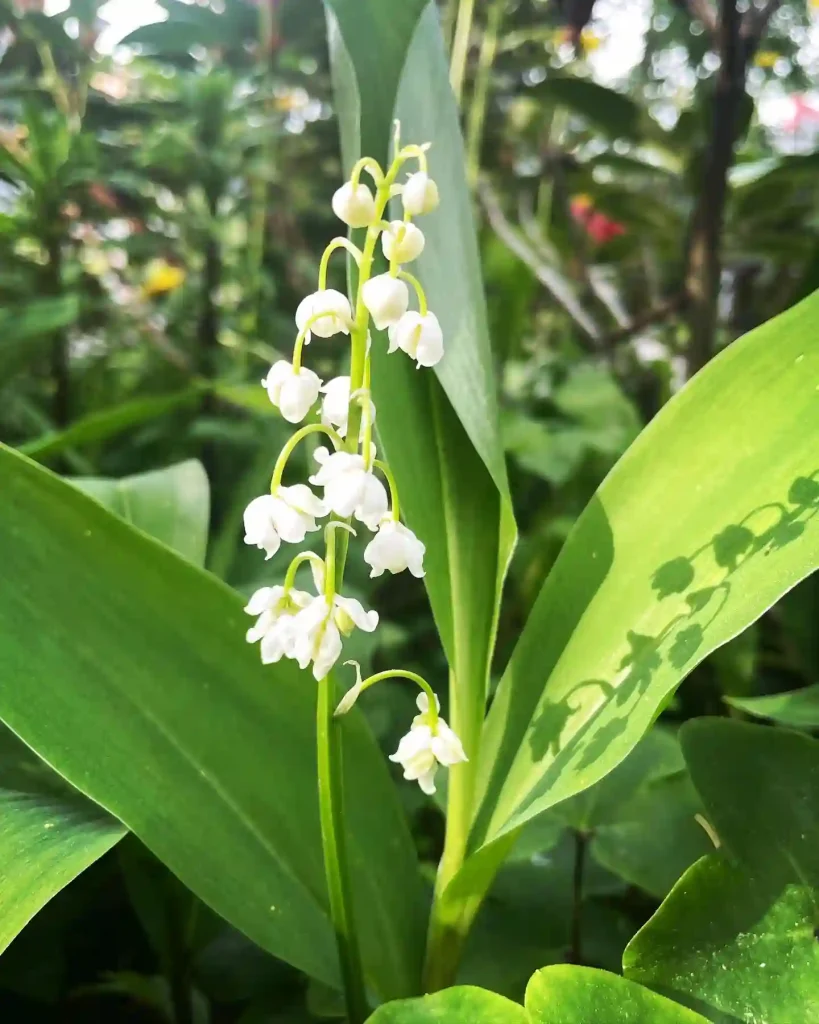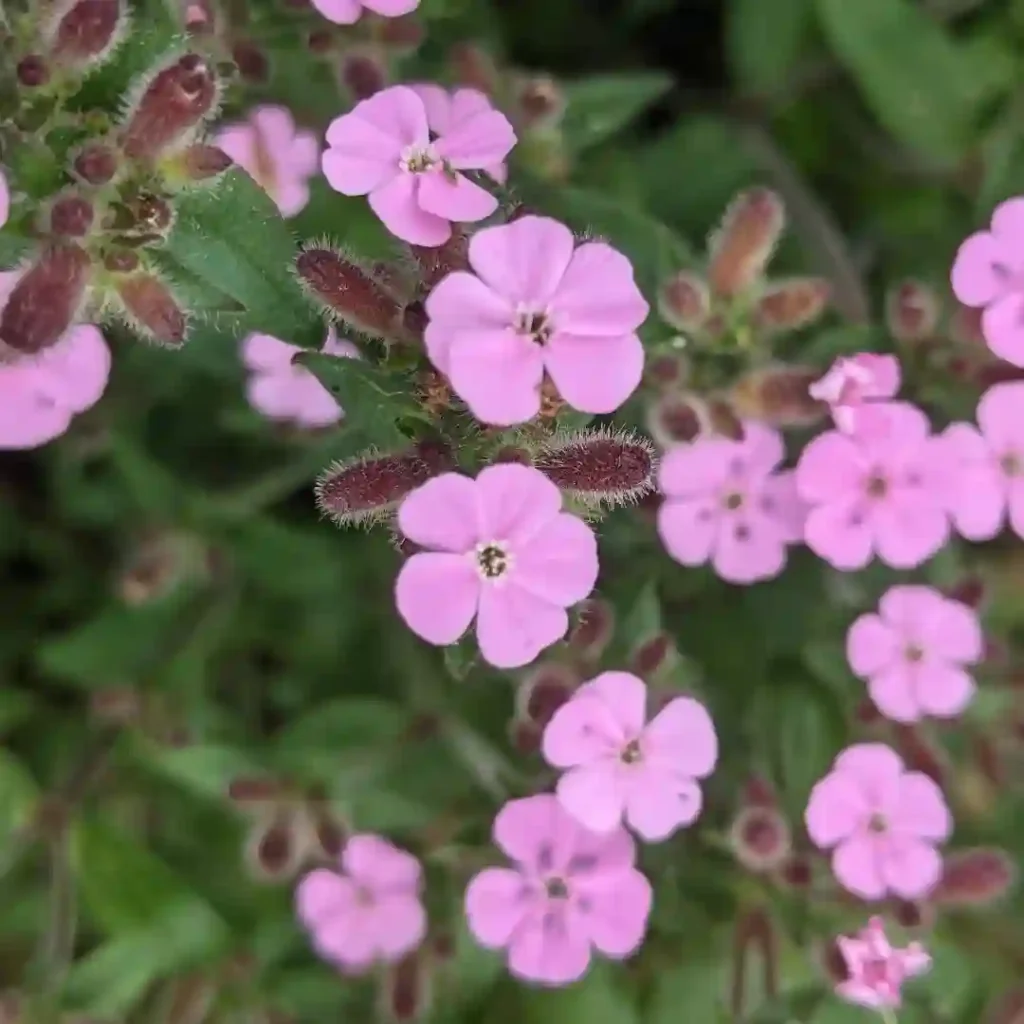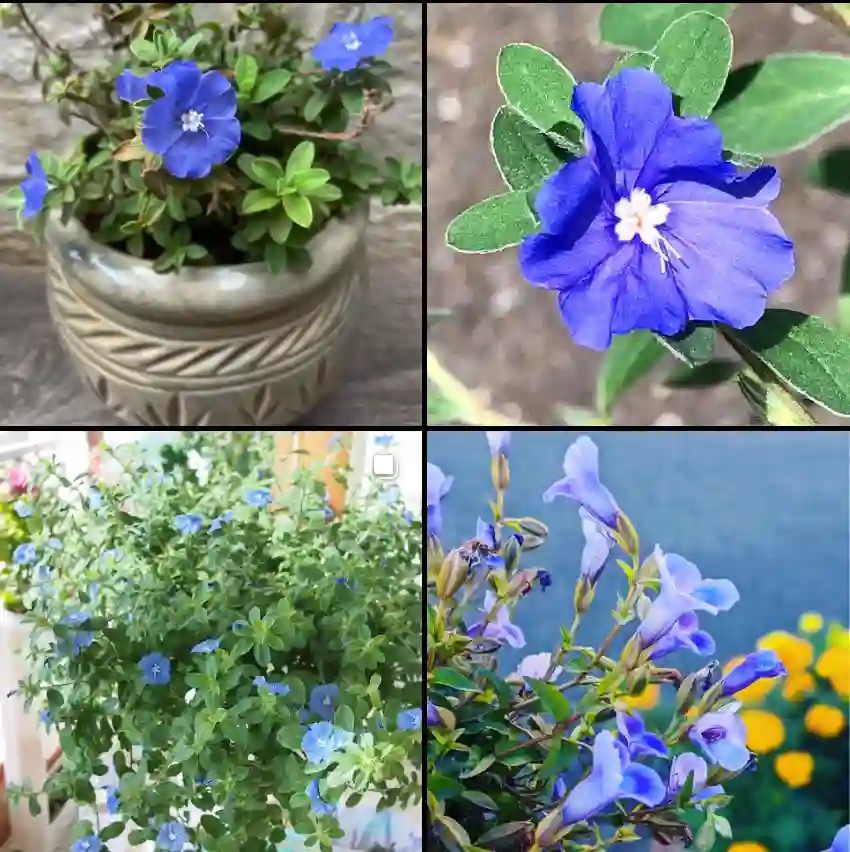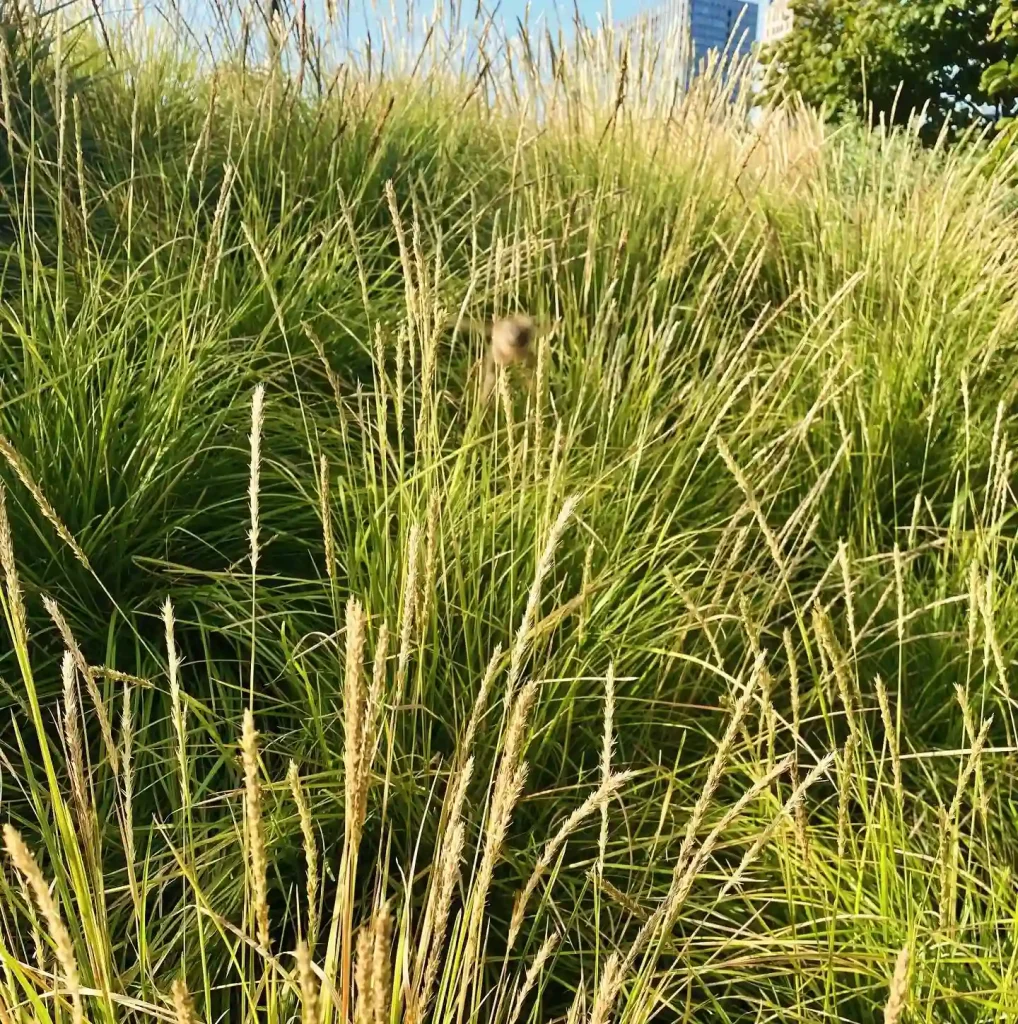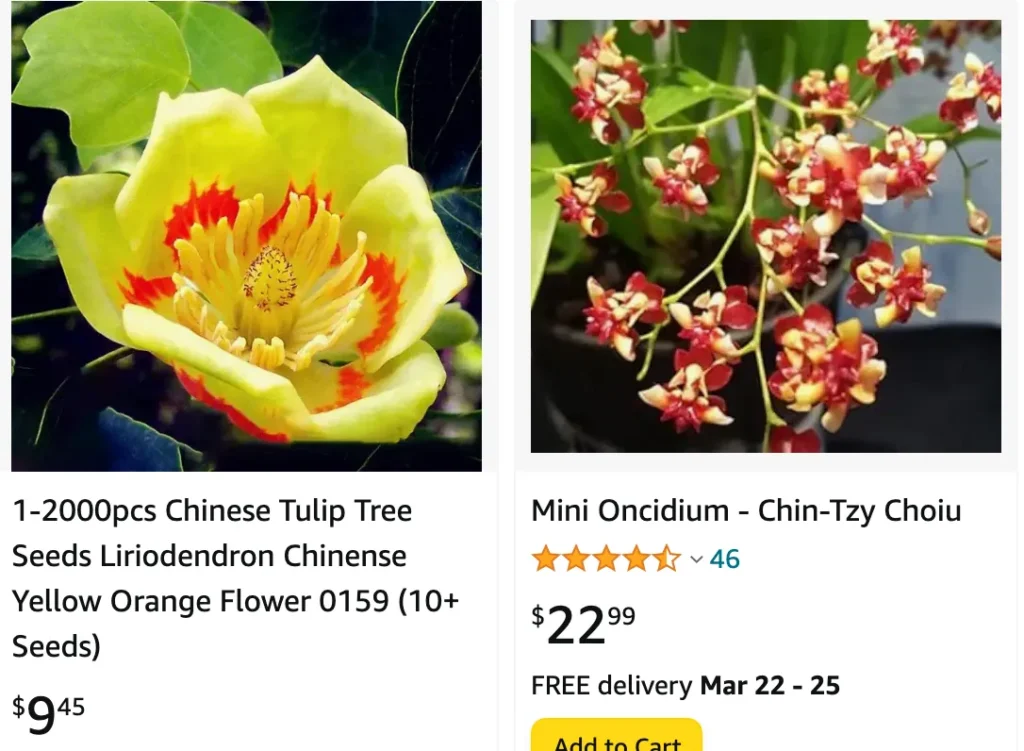
Liriodendron Chinense: Unveiling the Beauty of the Chinese Tulip Tree
Hi, I’m Ferb Vu, and I’m here to answer your questions about the Liriodendron chinense, also known as the Chinese Tulip Tree. This captivating tree boasts stunning blooms and unique foliage, making it a popular choice for landscapes.
What is a Liriodendron chinense?
The Liriodendron chinense is a deciduous tree native to China, belonging to the Magnoliaceae family. It’s known for its tulip-shaped flowers, earning its common name. These vibrant blooms, typically green with a hint of yellow, appear in May or June, adding a touch of elegance to the landscape.
Liriodendron Chinense vs Liriodendron Tulipifera (American Tulip Tree)
While both trees share the “tulip tree” moniker, they have distinct characteristics. The Liriodendron chinense is a smaller, more columnar tree compared to its American cousin. Its leaves are typically four-lobed with a narrower “waist” where the lobes meet, resembling a Mandarin’s jacket. The American Tulip Tree boasts larger, broader leaves with a shallower lobed design. Additionally, the flowers of the Liriodendron chinense are smaller and more greenish, while the American Tulip Tree displays larger, more vibrant yellow or orange blooms.
What are the ideal growing conditions for the Liriodendron chinense?
This adaptable tree thrives in full sun or partial shade. It prefers deep, well-drained soil, but can tolerate a variety of soil types as long as drainage is adequate. The Liriodendron chinense is known for its fast growth rate, reaching heights of 20 to 30 meters (65 to 100 feet) at maturity.
How do I care for a Liriodendron chinense?
Providing proper care for your Liriodendron chinense is straightforward. Water it regularly, especially during its first few years of establishment. Once mature, it becomes more drought tolerant. Fertilization is not typically necessary, but a balanced fertilizer can be applied in early spring if desired. Regular pruning is not essential, but can be done to maintain desired shape or remove dead branches.
What are the potential problems with growing a Liriodendron chinense?
While generally disease and pest resistant, the Liriodendron chinense can be susceptible to scale insects and aphids. These can be controlled with insecticidal soap or neem oil. In colder climates, the branches of young trees may be susceptible to winter dieback. However, the tree is generally cold hardy to USDA zones 6 to 9.
Is the Liriodendron chinense toxic?
No, the Liriodendron chinense is not considered toxic to humans or pets. However, it’s always best to avoid consuming any unknown plant material.
Where can I buy a Liriodendron chinense?
Many reputable nurseries and online retailers offer Liriodendron chinense trees. Look for a healthy tree with a well-developed root system.
Soil Selection and Preparation:
As mentioned earlier, well-drained soil is key. If your soil is heavy clay, consider amending it with sand or compost to improve drainage. Aim for a slightly acidic pH level, ideally between 5.0 and 6.5. If your soil leans alkaline, adding organic matter like peat moss or composted leaves can help lower the pH.
Watering Needs:
While Liriodendron chinense tolerates some drought, consistent moisture, especially during the first few years, is crucial for healthy growth. Aim to water deeply once or twice a week during hot, dry periods. Let the top inch of soil dry slightly between waterings. As the tree matures, watering frequency can be reduced.
Mulching:
Applying a layer of mulch around the base of your Liriodendron chinense offers several benefits. Mulch helps retain soil moisture, regulate soil temperature, and suppress weed growth. Use a two- to three-inch layer of organic mulch like shredded bark or wood chips, keeping the mulch a few inches away from the tree trunk to prevent rot.
Fertilization:
While not essential, a balanced fertilizer can give your Liriodendron chinense a growth boost. Apply a light application of fertilizer in early spring, following the manufacturer’s instructions. Avoid over-fertilizing, as this can encourage excessive foliage growth at the expense of flower production.
Pruning:
Liriodendron chinense is not a high-maintenance tree when it comes to pruning. However, if you desire to control its shape or remove dead branches, prune in late winter or early spring before new growth emerges. Always use sharp, sterilized pruning tools to avoid damaging the tree.
Potential Pests and Diseases:
As mentioned, Liriodendron chinense is generally resistant to pests and diseases. However, keep an eye out for scale insects and aphids. These sap-sucking insects can be controlled with insecticidal soap or neem oil. Honey fungus can also pose a threat in some areas. If you suspect honey fungus, consult with a certified arborist for proper diagnosis and treatment.
Companion Planting:
Liriodendron chinense pairs well with a variety of plants. Consider shade-loving flowering shrubs like azaleas and rhododendrons that thrive in similar acidic soil conditions. For a touch of color contrast, add perennials with vibrant blooms like daylilies or hostas.
Liriodendron chinense vs. Other Flowering Trees:
While the Liriodendron chinense offers unique charm, you might be curious about other flowering trees. Here’s a quick comparison:
- Dogwood (Cornus florida): Showy spring blooms, but smaller stature and more susceptible to diseases.
- Crepe Myrtle (Lagerstroemia): Vibrant summer blooms in various colors, but less cold-hardy than Liriodendron chinense.
- Redbud (Cercis canadensis): Early spring blooms with a heart-shaped form, but smaller mature size and less shade potential.
Additional Tips for Growing a Liriodendron chinense
- When planting your Liriodendron chinense, choose a location with ample space for its mature size.
- Consider mulching around the base of the tree to retain moisture and suppress weeds.
- Enjoy the beautiful blooms and unique foliage of your Liriodendron chinense for years to come!
I hope this information helps you decide if the Liriodendron chinense is the perfect addition to your landscape. With its captivating flowers, attractive foliage, and fast growth rate, this tree is sure to add a touch of beauty and elegance to your property.
If i die, water my plants!
